Blockchain App Development in 2026 Why You Should Start Building Today
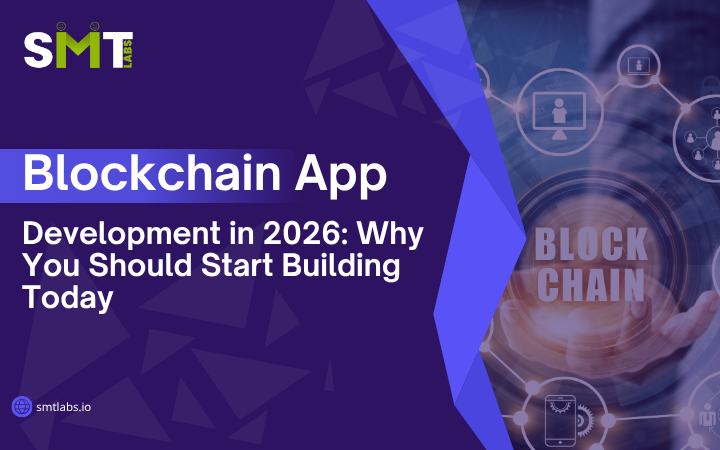
It’s no coincidence that as we approach 2026, the world feels like it’s on the cusp of a blockchain renaissance. After many years of experimentation, hype cycles, and technological maturation, blockchain app development is now poised to enter its golden era. In 2026, decentralization, token economies, and distributed trust will shift from niche to ubiquitous — and blockchain app development will be the infrastructure behind it all.
1 Rise of Web3 & Decentralization
Web3 is steadily replacing the old client-server web model. Instead of relying on centralized servers and intermediaries, users will increasingly interact via peer-to-peer networks, blockchain layers, smart contracts, and decentralized storage. That shift means more demand for apps that sit directly on blockchain or interoperate securely with it.
Decentralization is not just a buzzword — it’s a paradigm shift. Ownership, identity, data portability, and trust will increasingly be in the hands of individuals, not large entities. The implication? We’ll need blockchain wallet app development, custom blockchain app development, and blockchain app development services to power this new layer of the internet.
2 Why 2026 Is the Turning Point for Blockchain Apps
- Maturation of tooling and standards: By 2026, development frameworks, SDKs, and cross-chain standards will be more mature, lowering friction for beginners.
- Regulatory clarity: Many countries will have clearer regulation frameworks around digital assets, making it safer for enterprises to launch blockchain apps.
- Mainstream adoption: More users will already have wallets, token balances, and experience in small-scale blockchain apps. The onboarding cost drops.
- Better scaling solutions: With rollups, layer-2s, sharding, and sidechains, scaling is no longer an afterthought — it’s part of the foundation.
- Network effects & integration: Interconnection with AI, IoT, DeFi, gamified ecosystems, and real-world assets (via oracles) will make blockchain apps even more powerful.
The bottom line: if you're hesitant, waiting for a “better time,” that time is now. The groundwork is being laid. Let’s see what’s involved in building these apps.
What Is Blockchain App Development?
To many, “blockchain app” still evokes visions of cryptic wallets or speculative tokens. But in 2026, blockchain app development will span far beyond finance. Let’s define what it really means.
1 Core Components & Architecture
At its core, a blockchain-based application consists of:
- Ledger / Blockchain Layer: The distributed data store that records transactions or state changes.
- Smart Contract Layer: Programmable logic that runs on the chain — governing rules, workflows, and invariants.
- Middleware / Backend Services: Off-chain services, indexing, computation, oracles, APIs that interact with smart contract logic.
- Frontend / Client: Web, mobile, or desktop interfaces — what your users see and use.
- Wallet / Key Management: Secure signing, authorization, identity, transaction handling.
- Security / Audit / Governance Layer: Modules for permissioning, identity, security checks, upgrades, roles.
Blockchain app development is the process that stitches all these components together: writing smart contracts, deploying them, building the off-chain backend, designing user interfaces, integrating wallets, and ensuring security.
2 Smart Contracts, Consensus, & Frontend Integration
- Smart Contracts: These are the autonomous programs that enforce the business logic. In 2026, they’ll be more modular, upgradeable, and optimized for gas across blockchains.
- Consensus Mechanism & Chain Choice: Whether your app runs on Ethereum, Solana, or a consortium chain, the consensus and finality model matter for speed, costs, and security.
- Frontend Integration: Your UI must talk to wallets and connect to the blockchain seamlessly, handling network switching, gas fees estimation, error handling, and transaction status updates.
When you invest in custom blockchain app development, you get architecture tailored for your goals — not a one-size-fits-all template.
Blockchain Wallet App Development: The Gateway for Users
No matter how brilliant your app is, if users can’t safely or easily interact, adoption fails. That’s where blockchain wallet app development becomes critical.
1 Types of Wallets (Custodial vs Non-Custodial)
- Custodial Wallets: The service provider holds keys for users. Easier UX but more trust centralized.
- Non-Custodial Wallets: Users fully control private keys. Offers maximum decentralization but greater responsibility.
In 2026, hybrid models will also exist — social recovery, multisig, and delegable wallet systems will blur the lines between fully custodial and fully non-custodial.
2 Security, UX, & Interoperability Challenges
- Key Management & Recovery: Users often lose access. Systems like social recovery, threshold signatures, or biometric-backed fallback will be necessary.
- Transaction Signing & Gas Fees UX: Abstracting complexity while preserving control is a design balancing act.
- Cross-chain Support: Wallets must seamlessly handle multiple blockchains, token standards, and bridges.
- Security Hardening: Hardware enclaves, secure enclaves, encryption, multi-factor authentication, anti-phishing, and in-wallet fraud detection.
When building a wallet, you’re not just writing UI — you’re engineering trust.
3 Use Cases & Future Evolution
- Daily Finance & Payments: Users pay, receive, swap tokens all inside wallet.
- Identity & Credentials: Storing verifiable credentials on chain.
- Governance & Voting: Voting rights, staking, DAO interactions via wallet.
- NFT & Asset Display: Visualizing user's digital assets.
- Smart Wallets / Agent Wallets: Autonomous wallets that can execute tasks (e.g. pay subscriptions, rebalance portfolios) based on rules.
If you lead blockchain wallet app development now, by 2026 your product could be the default interface millions rely on as Web3 becomes mainstream.
Custom Blockchain App Development: Tailoring the Future
If blockchain apps are going mainstream, the generic won’t suffice. This is where custom blockchain app development shines.
1 Why Off-the-Shelf Doesn’t Cut It in 2026
- Industry-specific logic — e.g. supply chain tokenization, energy grids, healthcare data, real estate — demands bespoke workflows.
- Unique tokenomics, staking or DAO-based governance models.
- Privacy or compliance constraints (e.g. zero-knowledge proofs, permissioned modules).
- Integration with legacy systems, IoT devices, sensors, or real-world APIs.
A cookie-cutter blockchain app won’t offer competitive advantage. Your app must reflect your vision, domain, and users.
2 Industry-Specific Custom Solutions
Examples where custom development matters intensely:
- Supply Chain & Provenance: Custom tokenization of goods and assets, chain-of-custody tracking.
- Healthcare & Identity: Private, consented data sharing via verifiable credentials and zero-knowledge proofs.
- Gaming / Metaverse: Unique in-game token economies, cross-world asset portability.
- Enterprise & Consortium Chains: Permissioned blockchains with custom governance, audit logs, and access controls.
In each case, custom architecture ensures you don’t force your domain into a general mold — but the mold fits you.
3 Modular & Upgradeable Architectures
By 2026, modularity and upgradeability will be the norm. Your custom system will:
- Allow plugin modules (e.g. fraud detection, identity, KYC, rewards).
- Support seamless upgrades via proxy patterns or governance-based logic upgrades.
- Interoperate across chains (cross-chain modules).
- Be built in layers so that future innovations (e.g. quantum-resistant cryptography) can be slotted in.
When you choose custom blockchain app development, you’re thinking long term — building a platform you can evolve, not a one-off app.
Blockchain App Development Services & the Role of Agencies
While some teams go solo, many turn to specialized agencies offering blockchain app development services. Here’s what to know.
1 Key Service Offerings (Consulting, Audits, UI/UX, DevOps)
Top agencies don’t just code — they consult, strategize, and secure:
- Strategy & Architecture Consulting: Feasibility, system design, tokenomics.
- Smart Contract Development: Writing, testing, deploying contract suites.
- Frontend / Backend Development & Integration: APIs, interfaces, off-chain logic.
- Security Audits & Penetration Testing: Manual review, automated tools, formal checks.
- DevOps / Infrastructure / Node Ops: Running nodes, scaling, monitoring, resilience.
- Maintenance, Upgrades & Support: Bug fixes, patching, new feature rollout.
- Post-launch Analytics & Growth Services: On-chain analytics, community, marketing.
These services complement each other — many clients need an end-to-end solution.
2 What a Top Blockchain App Development Company Offers
If you search for blockchain app development company, you’ll find thousands — but a top-tier one distinguishes itself by:
- Deep domain experience across verticals (DeFi, supply chain, identity, gaming).
- Demonstrated success in blockchain wallet app development and custom blockchain app development.
- Strong security track record, bug bounty programs, formal audits.
- Transparent development process, code ownership, IP clarity.
- Global talent, scalable teams, and good communication practices.
- Post-launch support, scaling, and iteration.
A good company doesn’t just deliver a product — it becomes your strategic partner for growth.
3 How to Vet a Reliable Partner
Before hiring, ask:
- Can I see live or published projects (apps, wallets, contracts)?
- What audit/security certifications do they hold?
- What is their team composition (smart contract devs, frontend, security, ops)?
- What is their process — sprints, QA, testing, stage deployments?
- How do they handle upgrades and future-proofing?
- What are their rates and how transparent are they in cost estimates?
The right partnership can make or break your blockchain journey. Don’t just pick the cheapest — pick the one that invests in your success.
Blockchain App Developers: Skills, Teams & Hiring Trends
The rise of Web3 has created a massive demand for blockchain app developers—engineers who can bridge traditional software skills with decentralized logic. By 2026, these developers will be among the most sought-after professionals in the digital world. Whether you’re building your own team or hiring an external blockchain app development company, understanding who these developers are and what they bring to the table is key.
1 In-Demand Skills in 2026
The skill set of a blockchain developer goes beyond just programming. A strong blockchain app developer in 2026 will master:
- Smart Contract Development using Solidity, Rust, Move, or Vyper.
- Blockchain Architecture & Consensus Mechanisms, understanding how different chains (Ethereum, Solana, Cosmos, etc.) achieve security and speed.
- Cryptography & Security principles like hashing, digital signatures, elliptic curve cryptography, and zero-knowledge proofs.
- Web3 Integration & Frontend Development, connecting decentralized backends with sleek interfaces through Web3.js, Ethers.js, or similar libraries.
- Cross-Chain Protocols & Interoperability, essential for multi-chain ecosystems.
- Testing, Auditing, and Formal Verification to ensure security and reliability.
In short, blockchain developers need to be part engineer, part architect, part cryptographer, and part futurist.
2 Team Models (In-House, Outsource, Hybrid)
Choosing how to structure your team depends on your goals and budget.
- In-House Teams: Best for companies aiming for long-term blockchain innovation. You retain IP, control, and direct communication but incur higher costs.
- Outsourced Teams: Great for startups or enterprises exploring proof-of-concept projects. Outsourcing to a blockchain app development company brings you immediate access to expertise and reduces overhead.
- Hybrid Teams: The 2026 trend. Combine your internal product owners with outsourced blockchain experts for flexibility and speed.
The hybrid model lets you leverage blockchain app development services efficiently—mixing strategic leadership with specialized blockchain execution.
3 Remote & Global Talent Trends
The blockchain world is borderless, and so are its developers. Platforms like GitHub, Gitcoin, and decentralized freelancing hubs will dominate in 2026, letting teams hire globally. Expect to see DAOs managing decentralized development teams and global collaboration powered by on-chain payroll systems. The next generation of blockchain app developers will be digital nomads coding the decentralized future from every corner of the world.
Know More: Website Design Company Dallas - Transforming Local Businesses Online in 2026
Blockchain App Development Cost: What to Expect in 2026
One of the most common questions asked by startups and enterprises alike is, “How much does blockchain app development cost?” The answer isn’t simple—but it’s predictable if you understand the key factors.
1 Cost Drivers & Budget Breakdown
The blockchain app development cost in 2026 depends on multiple variables:
- Project Complexity: A simple DApp (Decentralized App) might cost $30,000–$70,000, whereas enterprise-grade platforms could exceed $500,000.
- Blockchain Platform: Building on Ethereum (with gas optimization), Solana, or custom Layer-2 networks affects costs.
- Smart Contract Development & Auditing: Security audits alone can range between $10,000–$100,000, depending on code size and risk.
- Frontend & UX Design: Creating a smooth, intuitive interface for decentralized interaction adds around 20–30% to total cost.
- Maintenance & Upgrades: Post-deployment costs can run 15–25% of annual development spend.
By 2026, automation and AI-powered development assistants will reduce some labor costs, but the need for skilled auditors and security experts will keep average expenses steady.
2 Region-wise Pricing Trends
- North America & Western Europe: $100–$200/hour for premium agencies.
- Eastern Europe & Latin America: $50–$100/hour with high technical quality.
- Asia-Pacific (India, Vietnam, Philippines): $25–$70/hour for experienced blockchain app developers.
Many companies blend regions—strategy in the U.S., development in Asia—for balanced cost and quality.
3 Cost vs. ROI — Where the Value Lies
While upfront costs might seem high, blockchain apps provide long-term ROI by automating trust, reducing intermediaries, and creating new revenue streams. A well-built blockchain wallet app can generate recurring revenue through transaction fees, premium services, or tokenomics models. The key is to think beyond the initial spend and focus on scalability, performance, and long-term sustainability.
Choosing the Right Blockchain Platform & Tech Stack
Selecting your blockchain platform is like choosing the foundation of your skyscraper—it defines everything that follows.
1 Ethereum, Solana, Polkadot, Cosmos, Others
Each blockchain offers unique strengths:
- Ethereum: The most mature ecosystem, with massive developer support.
- Solana: High throughput, perfect for DeFi and NFT platforms.
- Polkadot & Cosmos: Ideal for interoperability and custom app chains.
- Avalanche, NEAR, Polygon: Offer scalability and low transaction costs.
By 2026, modular architectures will dominate—meaning your app can leverage multiple blockchains simultaneously.
2 Layer-2, Rollups & Sidechains
Layer-2 networks (like Arbitrum, Optimism, zkSync) and sidechains allow scaling without sacrificing decentralization. If your blockchain app development company knows how to integrate these, you’ll save massive costs and improve UX. Rollups bundle transactions and submit them to the main chain, offering lightning-fast performance and lower fees—crucial for high-volume apps.
3 Interoperability & Cross-Chain Bridges
The future is multi-chain. By 2026, apps that can move assets and data between chains will dominate. Bridges, wrapped assets, and cross-chain protocols like IBC (Inter-Blockchain Communication) will become default features. A futuristic custom blockchain app development approach ensures your app is future-proof and doesn’t rely on a single ecosystem.
Security, Audits & Regulatory Considerations
Security remains the lifeblood of blockchain. One exploit can destroy trust overnight.
1 Common Attack Vectors & Mitigations
- Reentrancy & Overflow Bugs: Preventable via modern compiler checks.
- Oracle Manipulation: Use trusted oracles and redundancy systems.
- Private Key Compromise: Employ hardware security modules, multi-sig wallets, or threshold signatures.
- Phishing & Social Engineering: User education, in-app warnings, and on-chain identity verification.
2 Audits, Formal Verifications, Bug Bounties
No blockchain project in 2026 should go live without an audit. Leading blockchain app development services include multi-phase audits—manual code review, static analysis, fuzzing, and formal verification. Open bug bounty programs will attract white-hat hackers to identify issues early.
3 Compliance & Global Regulation Trends
Governments are finally catching up. Expect clear frameworks for tokenized assets, stablecoins, and decentralized finance. Blockchain app developers must design with compliance APIs and KYC/AML modules in mind. Working with a professional blockchain app development company ensures your product meets future standards.
Know More: Top Software Development Solutions in Dallas: Powering Business Growth in the Digital Era
Case Studies & Visionary Use Cases for 2026
The best way to predict the future is to see what’s already being built. By 2026, blockchain will be integrated across all industries.
1 Decentralized Finance (DeFi) Beyond 2025
DeFi will evolve into MetaFi—finance integrated with AI and gaming. Smart contracts will automate credit scoring, portfolio rebalancing, and decentralized insurance.
2 NFT, Gaming & Metaverse Integration
NFTs will power everything from virtual land ownership to music royalties. A solid blockchain wallet app development strategy ensures seamless NFT management across multiple platforms.
3 Enterprise & Government Adoption
Governments will deploy blockchain-based voting, public registries, and tax tracking. Enterprises will tokenize assets, streamline supply chains, and adopt custom blockchain app development for data integrity and auditability.
Roadmap: From Idea to Launch in 2026
Creating a successful blockchain application in 2026 requires more than just coding—it’s about strategic planning, testing, and scalability. Whether you’re a startup or an enterprise, following a clear roadmap ensures your blockchain app development journey stays on course.
1 Ideation & Requirements
The journey starts with identifying a real-world problem that blockchain can uniquely solve. Avoid building on hype; instead, focus on value creation. Key questions to ask:
- What is the problem you’re solving?
- Why is blockchain the best solution?
- What users or industries will benefit most?
- Which blockchain platform aligns with your goals?
During this stage, collaborating with a blockchain app development company or consultant helps refine your idea and validate its feasibility. They’ll perform technical assessments, analyze scalability, and create wireframes that define your user experience.
2 MVP & Pilot Launch
Once the concept is validated, the next phase is to create an MVP (Minimum Viable Product)—a simplified version that showcases the core functionality. For instance, a blockchain wallet app MVP might include wallet creation, basic transfers, and transaction tracking.
MVP benefits include:
- Testing the market quickly
- Getting real user feedback
- Attracting early investors or partnerships
- Reducing risk before scaling
At this stage, developers set up smart contracts, integrate wallets, deploy the backend, and test the UX. Collaborating with skilled blockchain app developers ensures security and scalability from the outset.
3 Full-scale Deployment & Maintenance
After successful MVP testing, full deployment begins. This includes adding advanced features such as staking, governance, or cross-chain compatibility. By 2026, continuous integration pipelines, automated audits, and AI-assisted bug detection will be standard practice in blockchain app development services.
Maintenance is just as crucial as launch—upgrading smart contracts, patching vulnerabilities, and enhancing performance ensures your app remains competitive in the fast-evolving Web3 space.
Tips & Best Practices for Starting Today
If you’re planning to dive into blockchain app or wallet development, there’s no better time than now. Here’s how to start right.
1 Start Lean, Iterate Fast
Begin with a focused use case, not a sprawling ecosystem. Build a minimal, testable prototype and expand from user feedback. In 2026, the winners will be those who adapt quickly, not those who overbuild. Agile methodology combined with blockchain app development services ensures constant iteration and improvement.
2 Security-First Mindset
Blockchain apps handle digital assets—security isn’t optional. Employ smart contract audits, secure key management, and code reviews from the start. Prioritize threat modeling, penetration testing, and user education. A trusted blockchain app development company should provide robust security audits before launch.
3 Community & Ecosystem Building
No blockchain project thrives in isolation. Cultivate your community early through Discord, Twitter, and DAOs. Offer governance tokens or rewards to early adopters. A strong user base is the backbone of every successful custom blockchain app development project.
Moreover, interoperability and partnerships with other DApps amplify your app’s utility. Collaboration is the new competition in the decentralized world.
Future Trends to Watch Post-2026
While 2026 marks a major milestone, the blockchain journey doesn’t stop there. Here’s what’s coming next.
1 Decentralized Identity & Self-Sovereign Identity (SSI)
The future of authentication lies in self-sovereign identity—where individuals own and control their personal data. Blockchain-based identity wallets will allow users to prove credentials without revealing sensitive details. Expect blockchain wallet app development to merge with digital identity infrastructure.
2 Zero-Knowledge Proofs & Privacy Advances
Zero-knowledge proofs (ZKPs) will revolutionize how privacy is maintained on public chains. Users can verify transactions or identities without exposing data. By 2026, ZK rollups and privacy-preserving smart contracts will be standard in enterprise blockchain app development.
3 On-Chain AI, Oracles & Autonomous Agents
The fusion of blockchain and AI will give rise to autonomous agents—smart contracts that make real-time decisions based on off-chain data fetched through oracles. For example, insurance contracts that automatically trigger payouts based on weather data or logistics networks that self-optimize.
These intelligent systems will demand advanced custom blockchain app development strategies integrating both AI and Web3 infrastructure.
Why You Should Act Now — The Early Mover’s Advantage
In 2026, entering the blockchain ecosystem late will be like joining the internet after 2010—you’ll always be catching up. Here’s why starting today matters.
1 Network Effects & User Acquisition
Early adopters benefit from network effects—the more users your app attracts, the more valuable it becomes. By starting now, you position yourself ahead of competitors who’ll struggle to gain traction once blockchain adoption peaks.
2 Tokenomics & Deflationary Models
Token-based economies reward early participation. Launching a blockchain wallet app or DApp today allows you to design deflationary or reward-based tokenomics that scale organically.
3 Building Moats in the Blockchain Space
Your early involvement in blockchain app development establishes technical, brand, and user loyalty moats. Partnering with an experienced blockchain app development company gives you an advantage in product quality, scalability, and trust.
In the coming years, blockchain apps will form the backbone of finance, logistics, and digital identity. The future isn’t waiting—it’s unfolding now.
Conclusion & Call to Action
By 2026, blockchain won’t be a buzzword—it’ll be infrastructure. From financial systems and government records to gaming economies and AI-powered smart contracts, blockchain will power the next evolution of the digital world.
If you’re planning to build the next-gen wallet, marketplace, or enterprise blockchain platform, the time to act is now. Investing in blockchain app development services or collaborating with a professional blockchain app development company ensures your ideas translate into secure, scalable, and profitable products.
The decentralized revolution is here, and the opportunities are limitless. Don’t wait for 2026 to arrive—start your custom blockchain app development journey today.
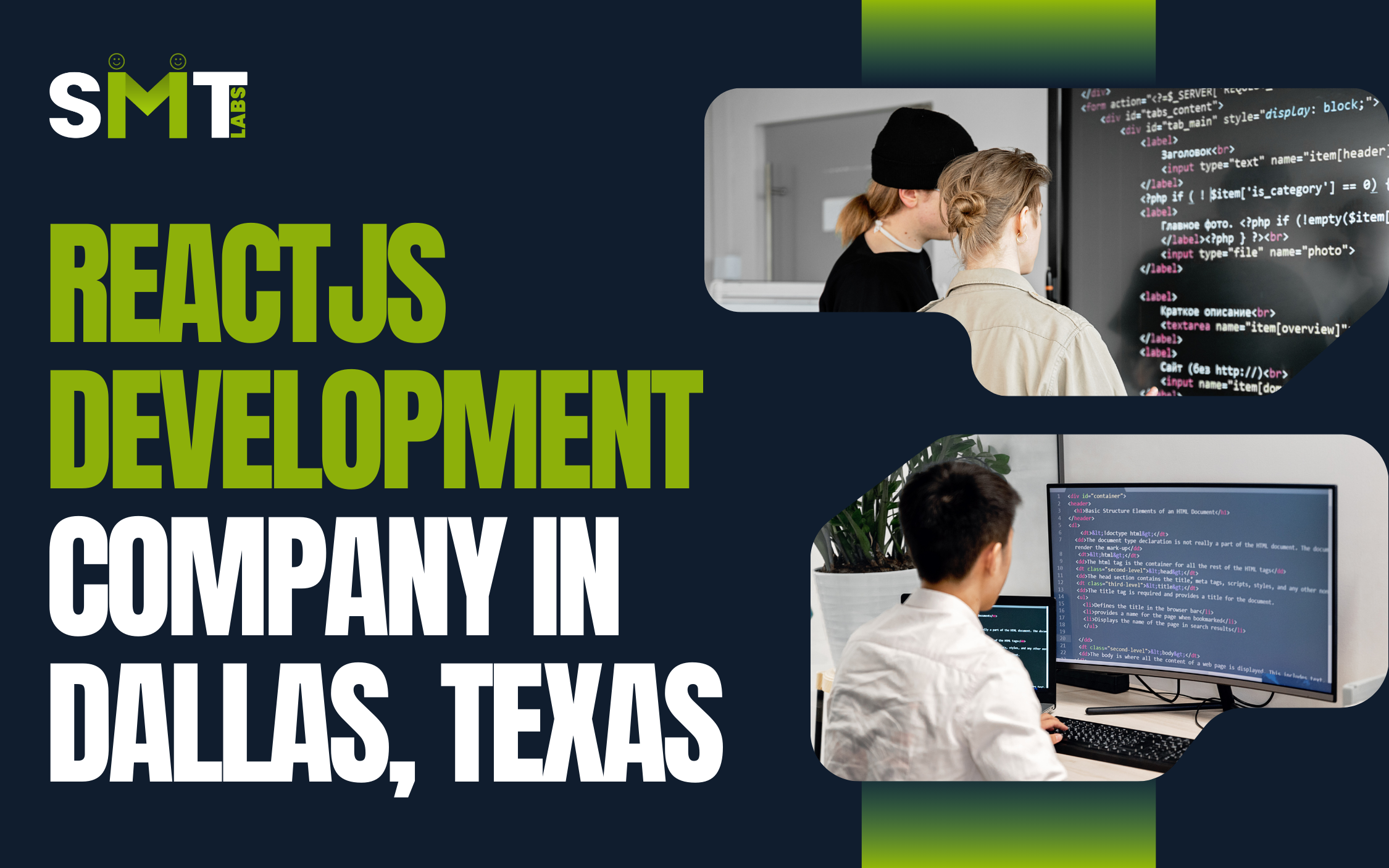
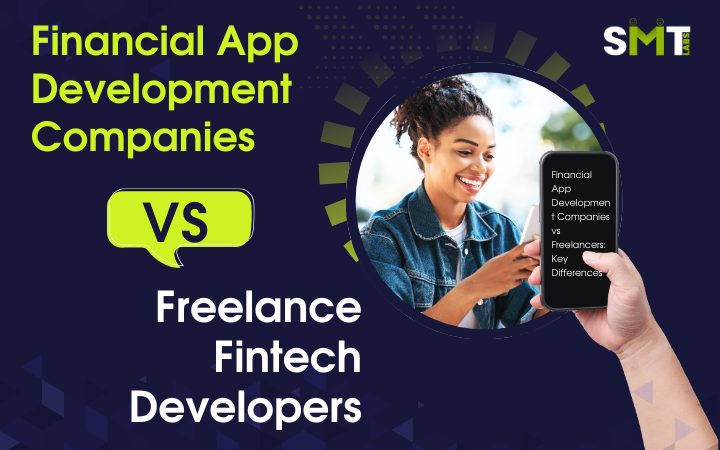

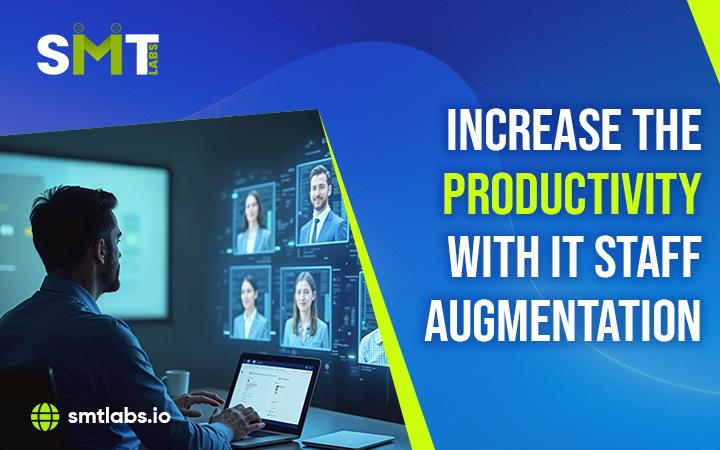
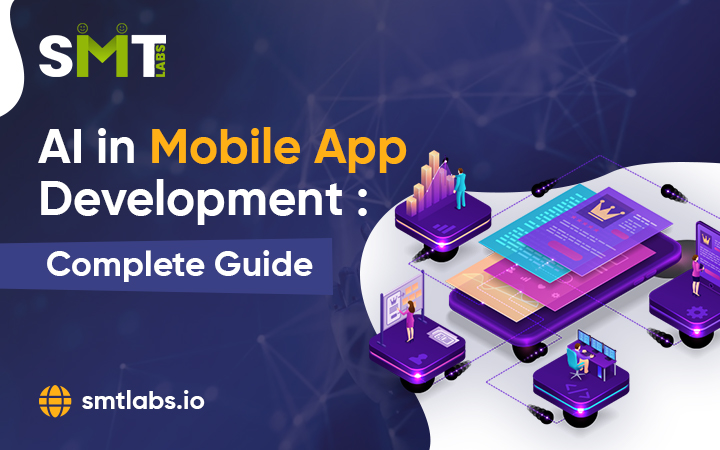
 INDIA
INDIA  USA
USA  SOUTH AFRICA
SOUTH AFRICA  MAURITIUS
MAURITIUS